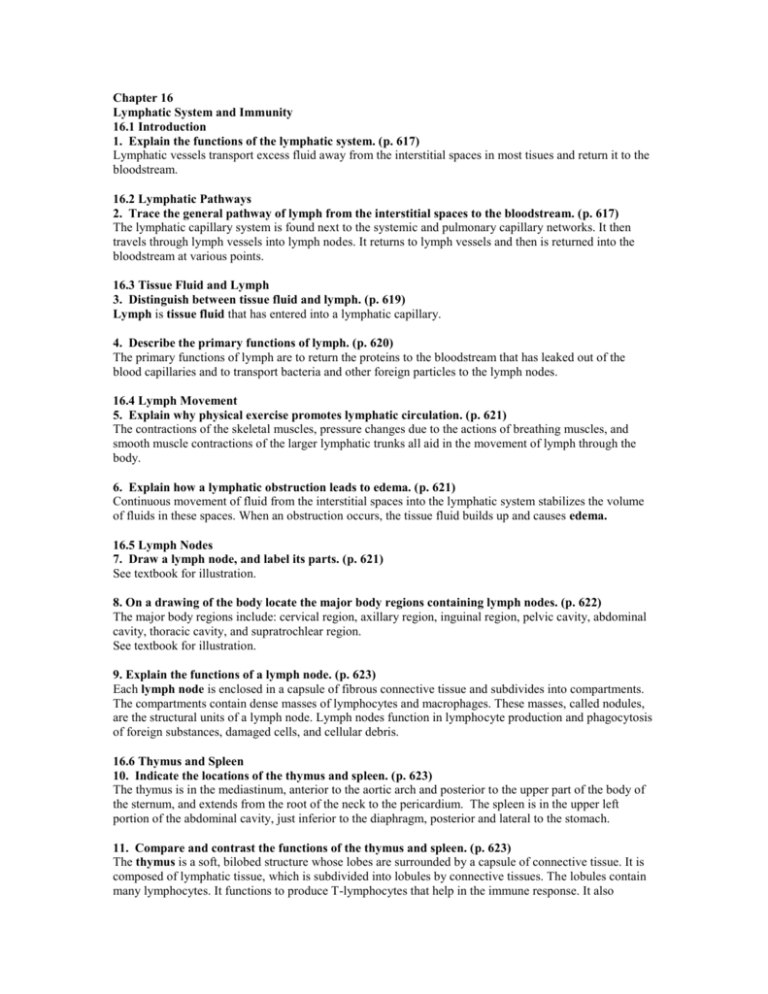Describe How Enzymatic Actions Function as Defense Mechanisms
Enzyme-catalyzed reactions occur in at least two steps. Inhaled oxygen enters the lungs and reaches the alveoli.
Now the active site of enzyme breaks the chemical bonds of the substrate.

. The enzyme action basically happens in two steps. E S ES EP E P. Sebum from sebaceous glands.
Inhibits or kills bacteria. These cookies ensure basic functionalities and security features of the website. Thus the whole catalyst action of enzymes is summarized as.
Outline the four principal mechanisms by which enzymes achieve catalysis. This binding induces the enzyme to change its shape so that it fits more tightly around the substrate. Name two mechanical barriers to infection.
Within the unbound state they remain in a low catalytic state however the interaction with the substrate induces the destabilization of the enzyme active site or may induce strain within the substrate causing the initiation of. Because of the requirements of gas exchange Exchanging Oxygen and Carbon Dioxide The primary function of the respiratory system is to take in oxygen and eliminate carbon dioxide. Disintegration of the complex molecule to give the product.
Explain how coupling an enzyme to an NADP-dependent dehydrogenase can simplify assay of its activity. Describe the mechanism of enzyme action. It does this by decreasing the activation energy of a reaction.
Chapter 16 Problem 15CA. Combining of enzyme and the reactantsubstrate. Outline the underlying principles of enzyme-linked immunoassays.
Such a mechanism is that employed by penicillin Figure 443 which covalently links to the bacterial enzyme DD transpeptidase and stops it from functioning. Describe the structure and functions of the spleen. Explain what is meant by species resistance.
Describe how an induced fit facilitates substrate recognition and catalysis. The substrate the chemical which is converted into product binds to the active site where substrate gets fixed of the enzyme. ES ES Step 2.
General Non-specific Defenses Against Infection. Describe how enzymatic actions function as defense. Solution for Describe how enzymatic actions function as defense mechanisms.
Anonymous Answered question January 5 2021. Kills bacteria by attacking cell wall. Chemicals and enzymes in body fluids.
Briefly explain what a vaccine is and how it works. Due to colloidal nature they are isolated by dialysis. In the protoplasm enzymes exist as hydrophilic colloids.
Describe the structure and functions of the thymus. Properties and Mechanism of Enzyme Action. Briefly describe the role of antibodies in an immune response.
Explain how HIV impairs immune function and how it evades destruction by the human immune system. Many enzymes that function by the induced fit model also utilize strain distortion within their catalytic mechanism. Since the normal function of the enzyme is to make a bond necessary for the peptidoglycan complex of the bacterial cell wall the cell wall cannot properly form and bacteria cannot.
626 14 Identify the barriers that provide the bodys first line of defense against infectious agents. Oleic acid from sebum and skin microbiota. List the conditions that can cause immunodeficiency.
Necessary cookies are absolutely essential for the website to function properly. Nearly all enzymes are proteins although some catalytically active RNA molecules have been identified. Lowers pH to inhibit pathogens.
Enzyme Production and Purification. The combination formed by an enzyme and its substrates is called the enzymesubstrate complex. By splitting components of the pathogen or decreasing the pH the enzyme can have lethal effects on pathogens.
Physical defenses provide the bodys most basic form of nonspecific defense. Provides oil barrier protecting hair follicle pores from pathogens. Defense mechanisms are behaviors people use to separate themselves from unpleasant events actions or thoughts.
Distinguish between specific and nonspecific body defenses against infection. 625 13 Define species resistance. We have step-by-step solutions for your textbooks written by Bartleby experts.
This step is reversible because the complex can break apart into the original substrate or substrates and the free enzyme. 626 15 Describe how enzymatic actions function as defense mechanisms against pathogens. Describe how enzymatic actions function as defense mechanisms against pathogens Enzymes provide a chemical barrier to pathogens.
Textbook solution for Holes Human Anatomy Physiology 14th Edition David N. Precise mechanisms targeting specific pathogens provide _____ specific defense. The mechanism of enzymatic action.
In the first step an enzyme molecule E and the substrate molecule or molecules S collide and react to form an intermediate compound called the enzyme-substrate ES complex. 626 16 Distinguish. Acid in stomach urine and vagina.
They include physical barriers to microbes such as the skin and mucous membranes as well as mechanical defenses that physically remove microbes and debris from areas of the body where they might cause harm or infection. An enzyme attracts substrates to its active site catalyzes the chemical reaction by which products are formed and then allows the products to dissociate separate from the enzyme surface. An enzyme is a protein catalyst that speeds up chemical reactions.
These psychological strategies may help people put distance between themselves and. Read more on the surface of alveoli are another defense mechanism for the lungs.

Enzymatic Action Of Linamarase And Structure Of Retrovirus Carriers Download Scientific Diagram

The Principal Host Defense Mechanisms In The Oral Cavity Download Scientific Diagram
Outline Of Antioxidant Defense Mechanisms In Plants A Types Of Download Scientific Diagram
No comments for "Describe How Enzymatic Actions Function as Defense Mechanisms"
Post a Comment